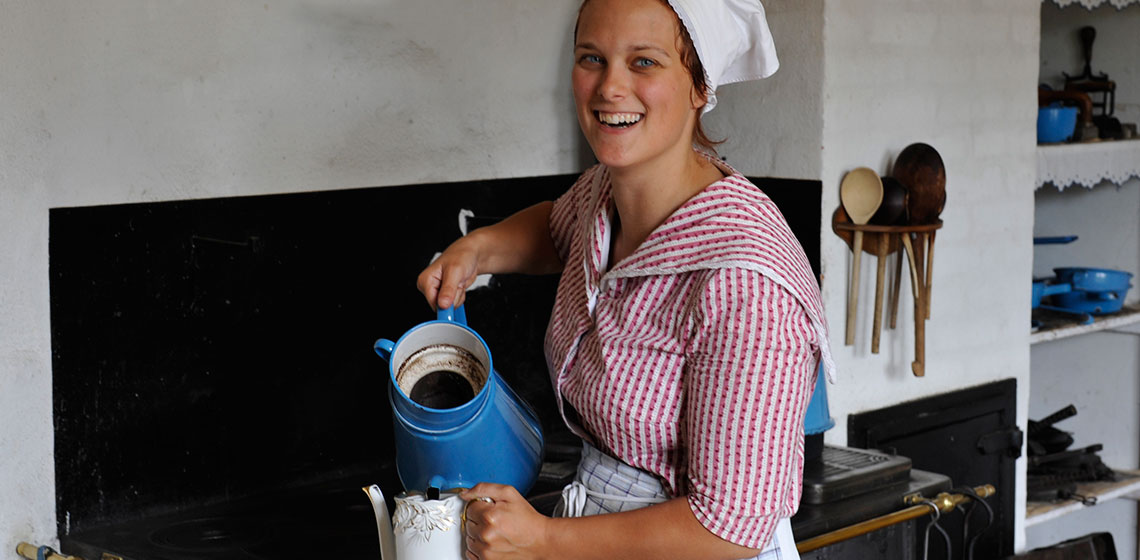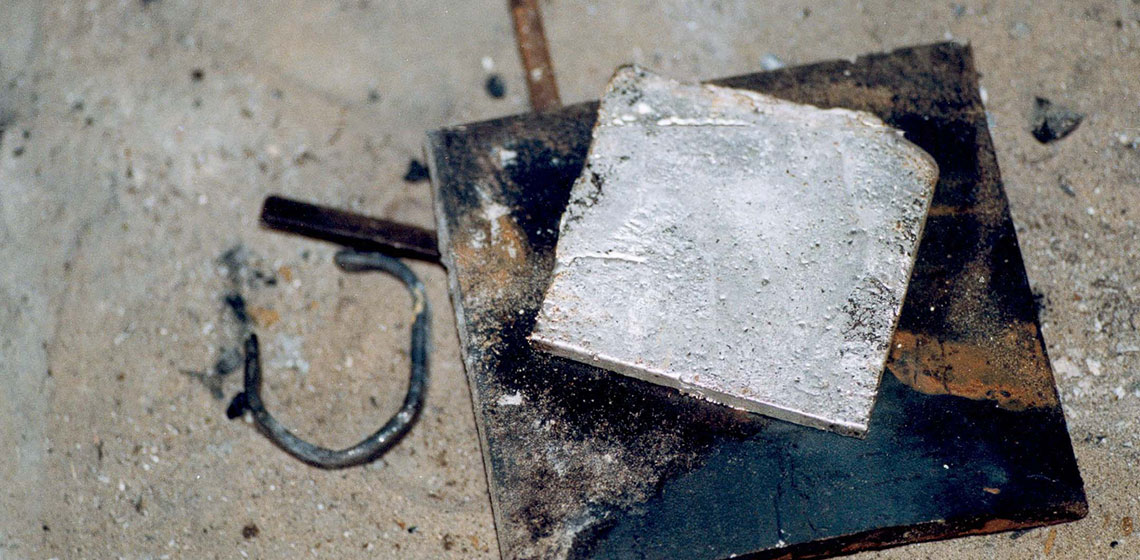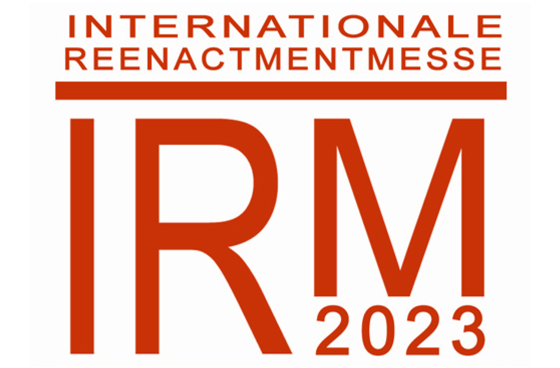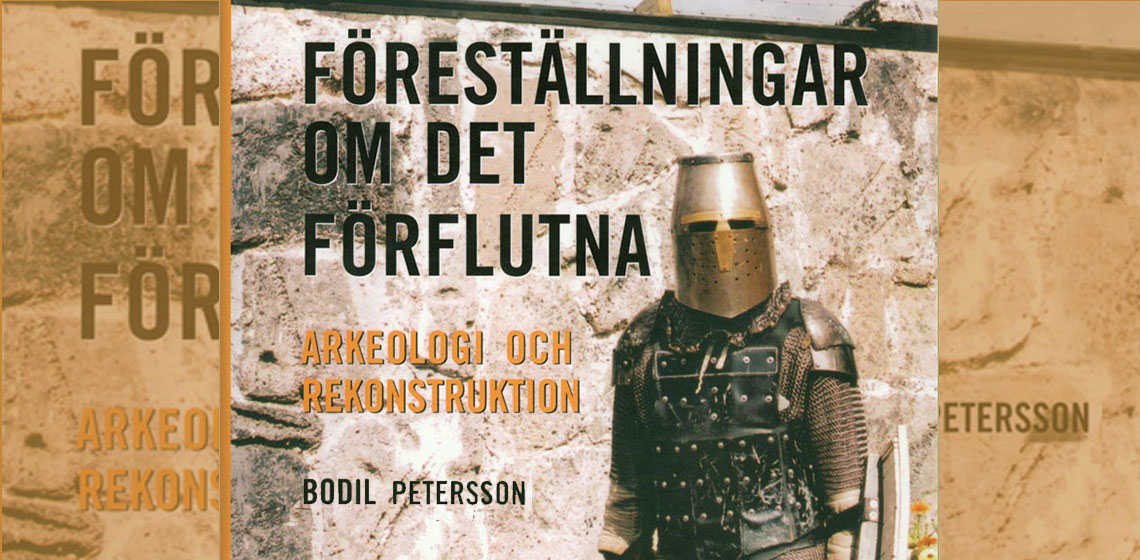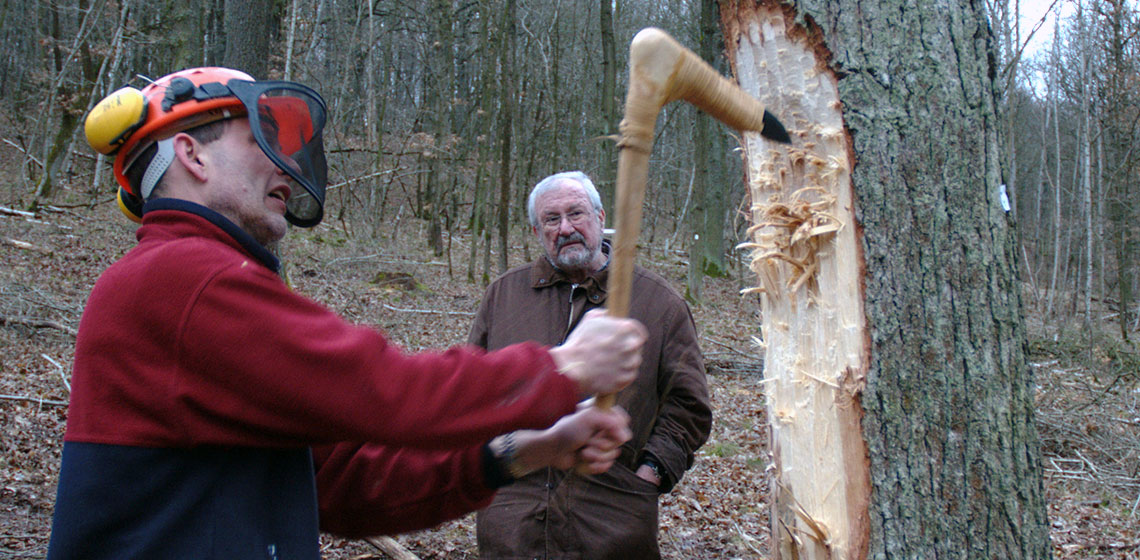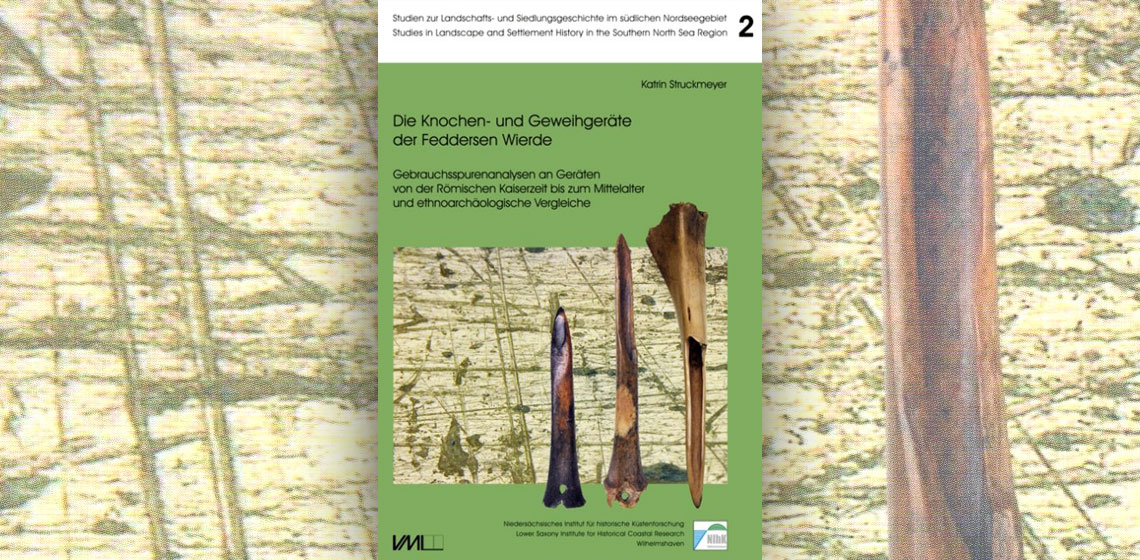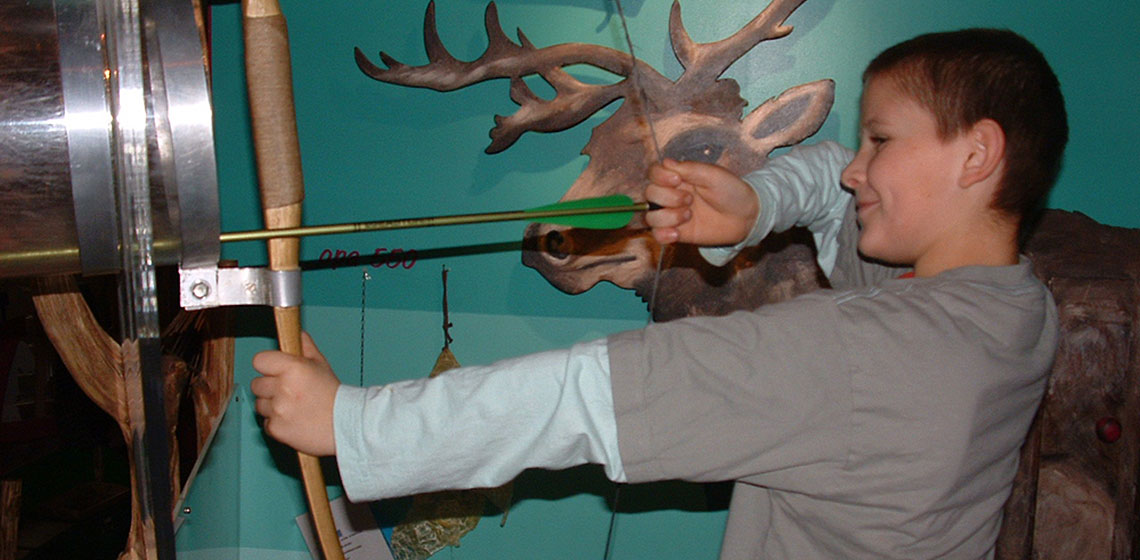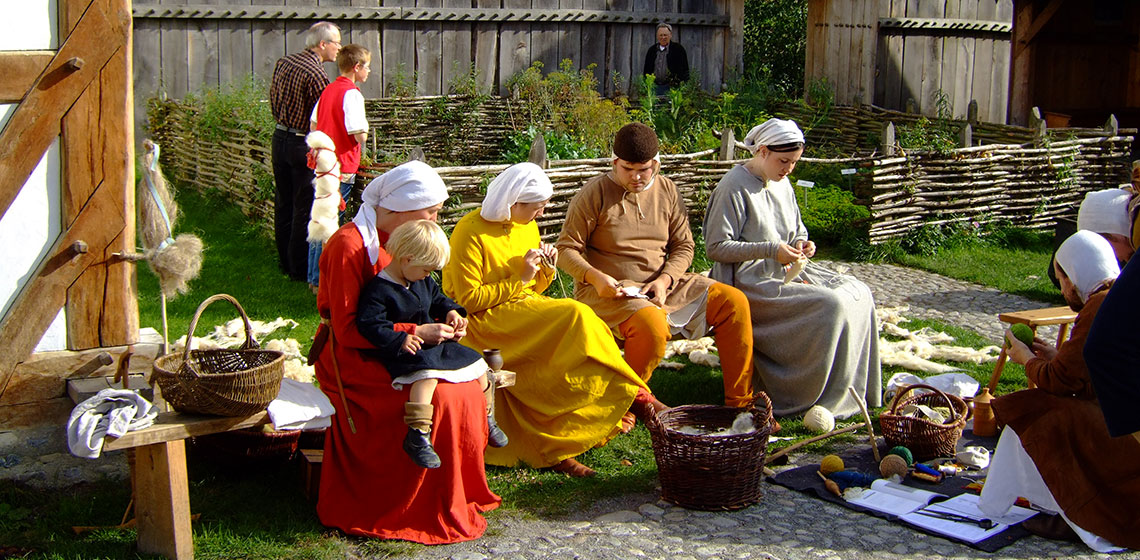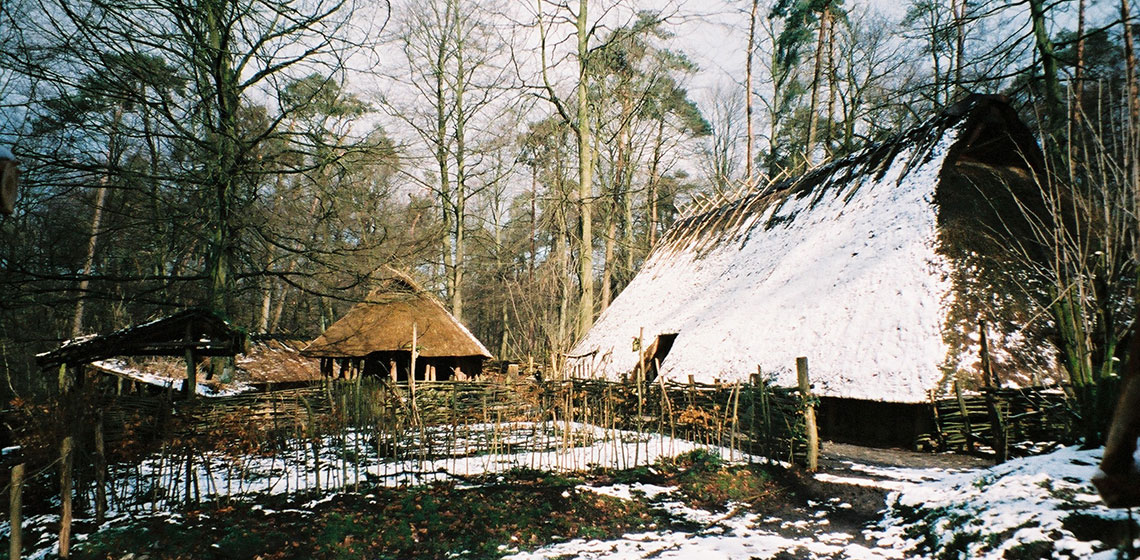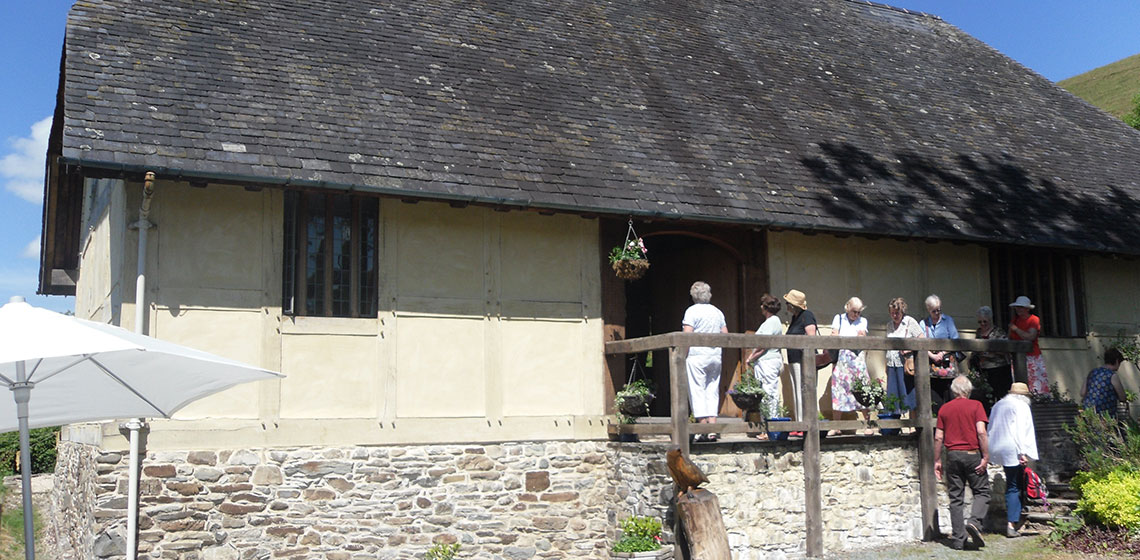Late Middle Ages
To Be or Not to Be: Thoughts on Living History - Some Personal Remarks
Publication Date
This article is based on personal experiences and observations conducted through many years as a volunteer at the Middle Age Centre in Denmark and later as a student at the Open Air Museum, Sorgenfri, Denmark. Observations and remarks made are solely personal and the article reflects thoughts I have had throughout the years...
Producing Silver Sheet According to Cellini
Publication Date
1999 Wilhelminaoord Workshop
***During a short internship in The Hagues Municipal Museum, I noticed some blisters in a seventeenth century V.O.C.-dish. I thought they were gas bubbles which might have been introduced in the material during coagulation. When hammering to sheet the bubbles would take the shape of blisters which would turn visible during annealing. Why, however, were these shapes not visible on many other pieces?
***During a short internship in The Hagues Municipal Museum, I noticed some blisters in a seventeenth century V.O.C.-dish. I thought they were gas bubbles which might have been introduced in the material during coagulation. When hammering to sheet the bubbles would take the shape of blisters which would turn visible during annealing. Why, however, were these shapes not visible on many other pieces?
IRM - International Reenactment Market
Date
-
Country
- Germany
The international reenactment fair IRM is the first cross-epoch trade fair for living history, reenactment, archaeotechnology and experimental archeology in Germany.
Book Review: Förestallningar om det Förflutna by Bodil Petersson. Imaginations of the Past, Archaeology and Reconstruction
Publication Date
The book is written about the Scandinavian situation and for a Scandinavian public, as it is in Swedish. Although not in English and almost ten years old, it is definitely worth a read...
Interview: Helmut ‘Hugo’ Windl
Publication Date
Archaeology Starts Just Outside Your Door! Experimental archaeology in Austria carries a name: Hofrat Dr Helmut ‘Hugo’ Windl (born 1944). Windl, has, from the start of his academic career, stood strong for the establishment of this practical form of research in the Alp Republic...
Book Review: Die Knochen- und Geweihgeräte der Feddersen Wierde by Katrin Struckmeyer
Publication Date
The purpose of this book, which was originally presented as a dissertation at Hamburg University, is to present the 1,293 bone, antler, horn and ivory tools that were found at the terp settlement Feddersen Wierde in the coastal area of Lower Saxony, Germany, and to decide on the possible functions of the tools.
Public Outreach in the Drents Museum in Assen (NL)
Publication Date
Part of my job as museum teacher at the Drents Museum in Assen is attending to the all the groups that visit our museum. This includes the great number of children, both elementary school and high school students, that visit our museum. A lot of children think of a museum as a boring place where there is nothing to do but look at old paintings...
International Learning Partnership: Living History and Adult Education in the Museum
Publication Date
Many archaeological open-air museums and museums with indoor reconstructions choose to interpret history using the method of ‘living history’, or re-enactments. If one only counts the German references, there is wide variety of terms used by museums when they talk of ‘living history’...
Archaeological Open-Air Museums in the Netherlands, a Bit of History
Publication Date
This article is a result of my interest in, and experience with, archaeological open-air museums. With the start of HOME Eindhoven in 1982, I became actively involved in these museums and I was one of the people involved from the first moment in EXARC. From 2005 onward, I have been conducting postgraduate research at the University of Exeter into archaeological open-air museums...
Discussion: Archaeological Reconstruction in Situ
Publication Date
Is interpreting a site’s past only possible at that site itself? Is a site better off without reconstruction and interpretation because it only damages the original material, if any is still left? Or is this the only way to salvage the story of the site for the generations to come? Ten authors were asked to give their views on the quote: “archaeological reconstruction in situ is the best way to tell the site's own story - on site. Otherwise the site is destroyed or the story lost" – and it is not that straightforward a yes or no.

